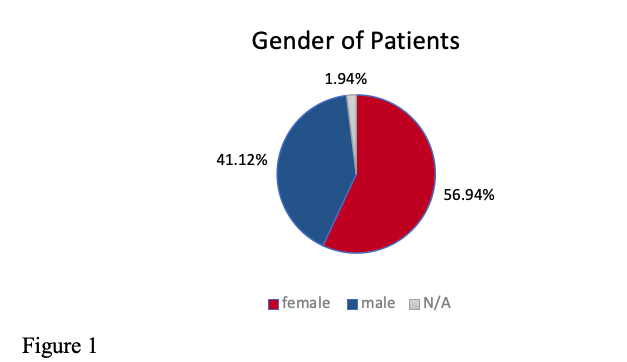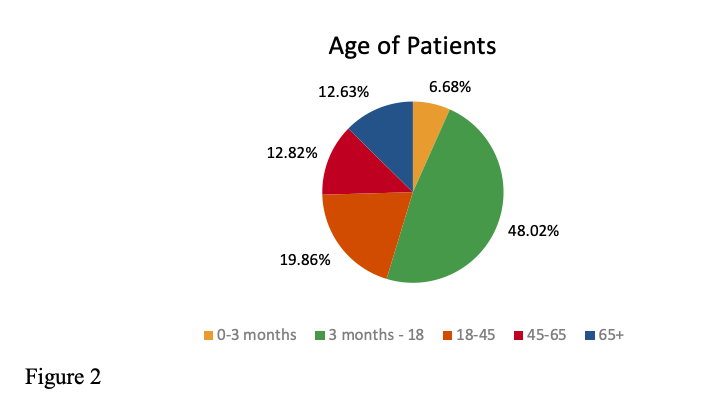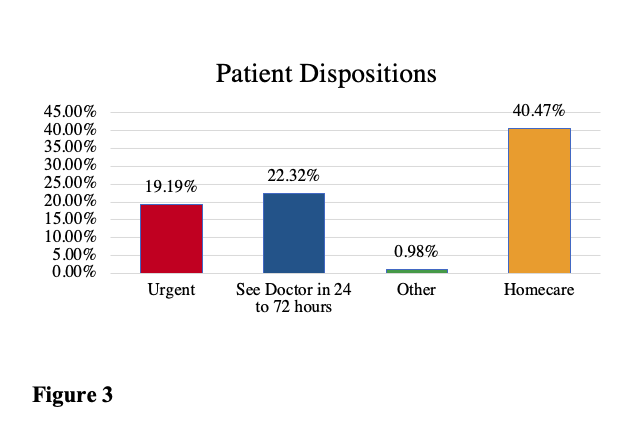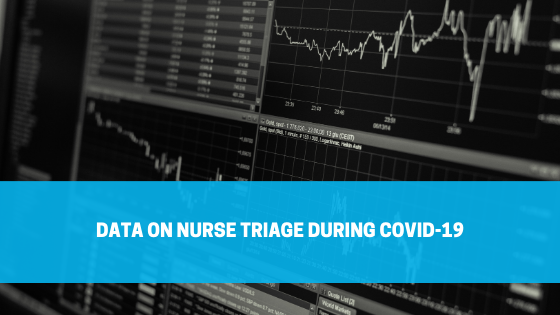As the COVID-19 pandemic continues to underscore the need for telephone medicine, medical call centers can play a crucial role in improving the patient experience and quality of care while containing costs. An effective way to start finding a solution is to evaluate data from nurse triage call centers on patient concerns, caller demographics, nurse triage disposition and effectiveness, and other measures to improve the call center and the patient experience. Data from nurse triage call centers can help providers and medical centers improve the effectiveness of telephone nurse triage in directing patients to the appropriate level of care.
We studied data from 155,000 patient phone calls between March 15 and October 15 2020. This article provides an overview of the data we collected.
Each data entry contained information about the patient’s demographics, the patient’s disposition, and the triage protocol. In addition to information about dispositions and triage care, patients were asked to complete a survey. Patients were asked to answer “Yes” or “No,” indicating whether or not they were planning to go to the Emergency Room.
Patient Demographics:
Figure 1 and 2 provide a breakdown of all patients in the sample by gender and age. The categories provided are consistent with previous studies conducted by TriageLogic.
We find that approximately 59% of patients are women. The gender disparity in callers may be caused by a disproportionate number of calls from women who are pregnant or in labor. In the future, we will perform a more details analysis to see if this is indeed the case. We also find a disparity in the age ratio of patients. About 46% of calls in this period are pediatric calls, most of them for children between 3 months and 18 years old.


Patient Disposition:
Figure 3 provides a breakdown of patient dispositions. There are four main categories of dispositions. Dispositions indicate the level of care that patients are assigned to by the triage nurse. For more information on patient symptoms and outcomes, please download our ebook.
Urgent – Examples include patients who were told to call 911, go to an Emergency Department, or call their physician immediately.
See Doctor in 24 to 72 hours – Patients are generally told to call their Primary Care Physician when the office is open and see the PCP within 24 hours – 3 days.
Homecare – Nurses advise patients on homecare. Nurses might encourage patients to call their PCP or see the PCP within two weeks.
Other –Includes calls where nurses instructed patients to call local agencies, ordered lab tests, etc. (generally less than 1% of all calls).
The results of our data analysis suggest that about every 1 in 5 patients who called the nurse triage service during this time period required urgent medical attention. In our following data articles, we will examine the effectiveness of nurse triage in directing patients to the appropriate level of care. We will also compare the data in this sample to data collected before the COVID-19 pandemic to understand how patient utilization of nurse triage has changed.

If you are interested in finding out how TriageLogic can help your practice, contact us today.





